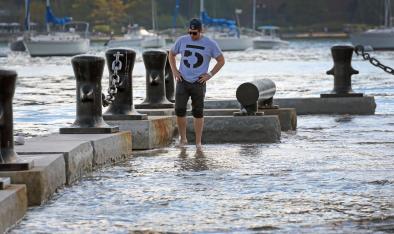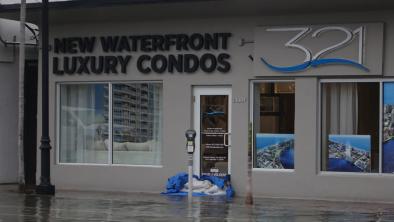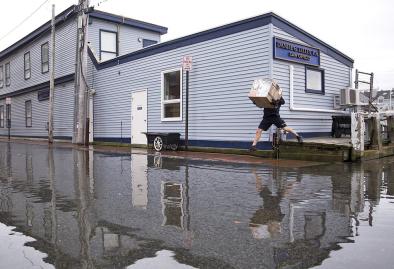Science Source
Hotspot of accelerated sea-level rise on the Atlantic coast of North America
- States climate warming does not force sea-level rise (SLR) at the same rate everywhere; rather, there are spatial variations of SLR superimposed on a global average rise
- States these variations are forced by dynamic processes arising from circulation and variations in temperature and/or salinity, and by static equilibrium processes, arising from mass redistributions changing gravity and the Earth’s rotation and shape
- Presents evidence of recently accelerated SLR in a unique 1,000-km-long hotspot on the highly populated North American Atlantic coast north of Cape Hatteras and shows that it is consistent with a modelled fingerprint of dynamic SLR
- Finds that between 1950–1979 and 1980–2009, SLR rate increases in this northeast hotspot were ~ 3–4 times higher than the global average.
- Uses models to project SLR by 2100 at New York City
- Finds that SLR superimposed on storm surge, wave run-up and set-up will increase the vulnerability of coastal cities to flooding, and beaches and wetlands to deterioration
Related Content
Headline

Nov 17, 2016 | The Boston Globe
King tide flooding is a preview of the everyday norm we can expect due to global warming
Headline

Nov 16, 2016 | South Florida Sun-Sentinel
'Unfortunately, we live in paradise:' With king tides, waterfront residents take the bad with the good
Headline

Nov 16, 2016 | The Boston Globe
King tides are back, thanks to the supermoon
Headline

Nov 16, 2016 | The Portland Press Herald
Portland gets minor flooding at supermoon-influenced high tide


